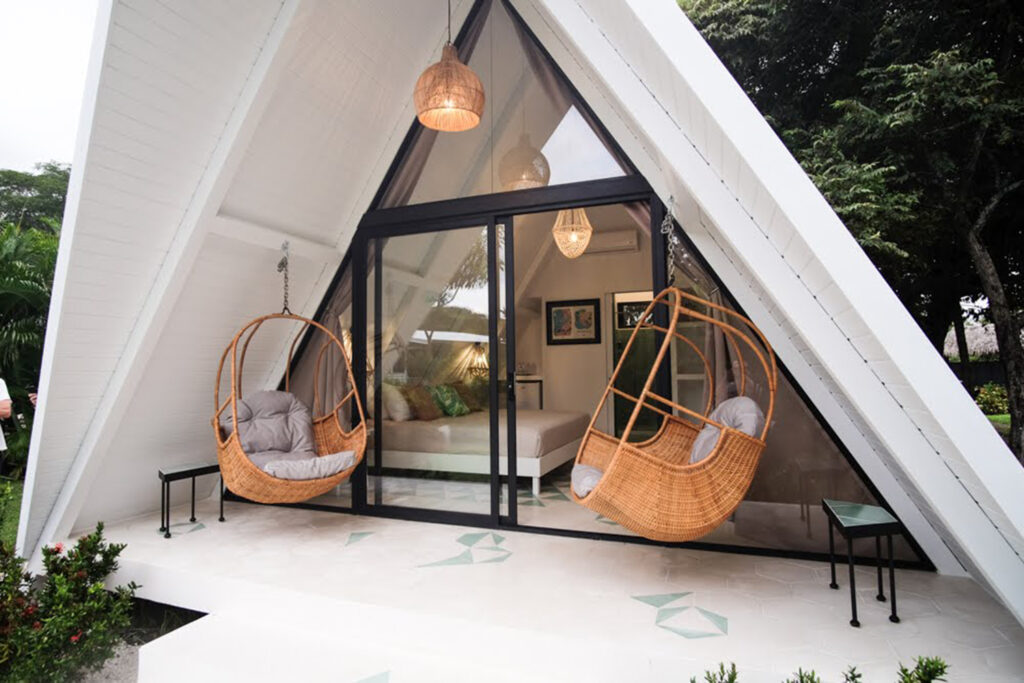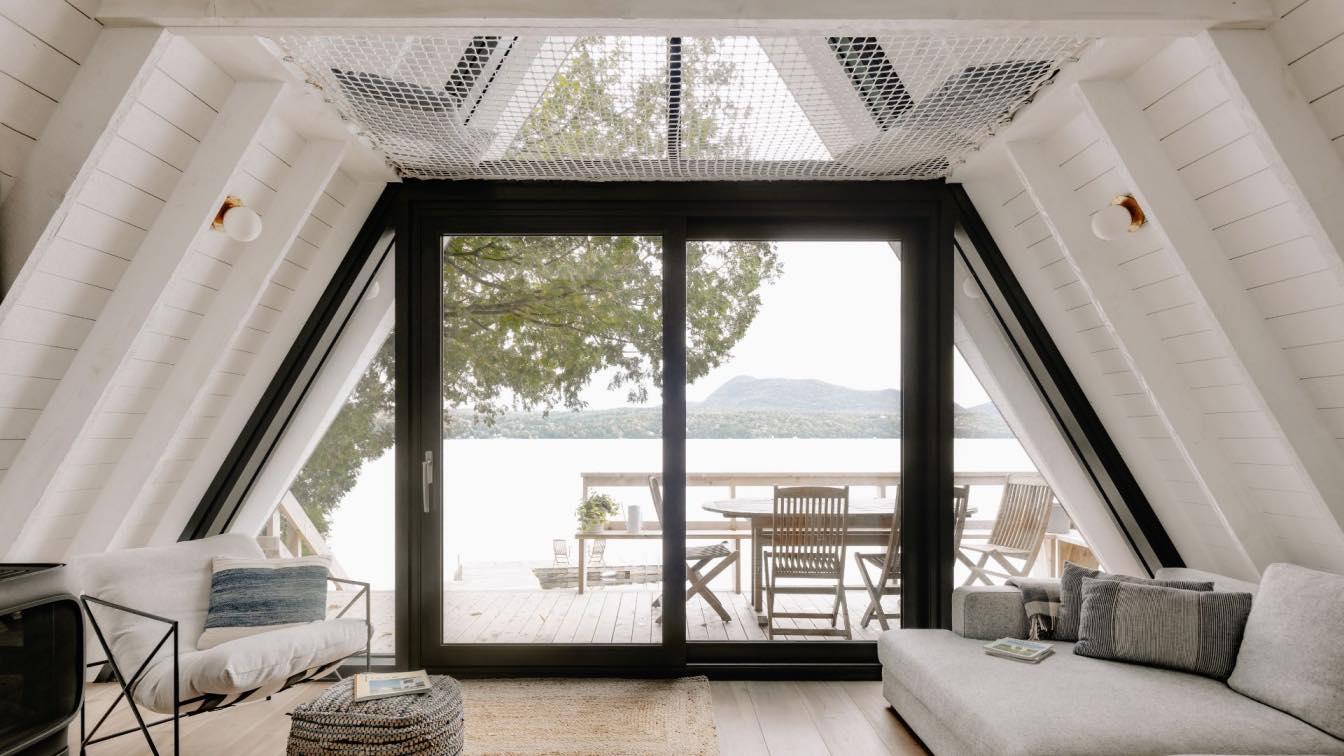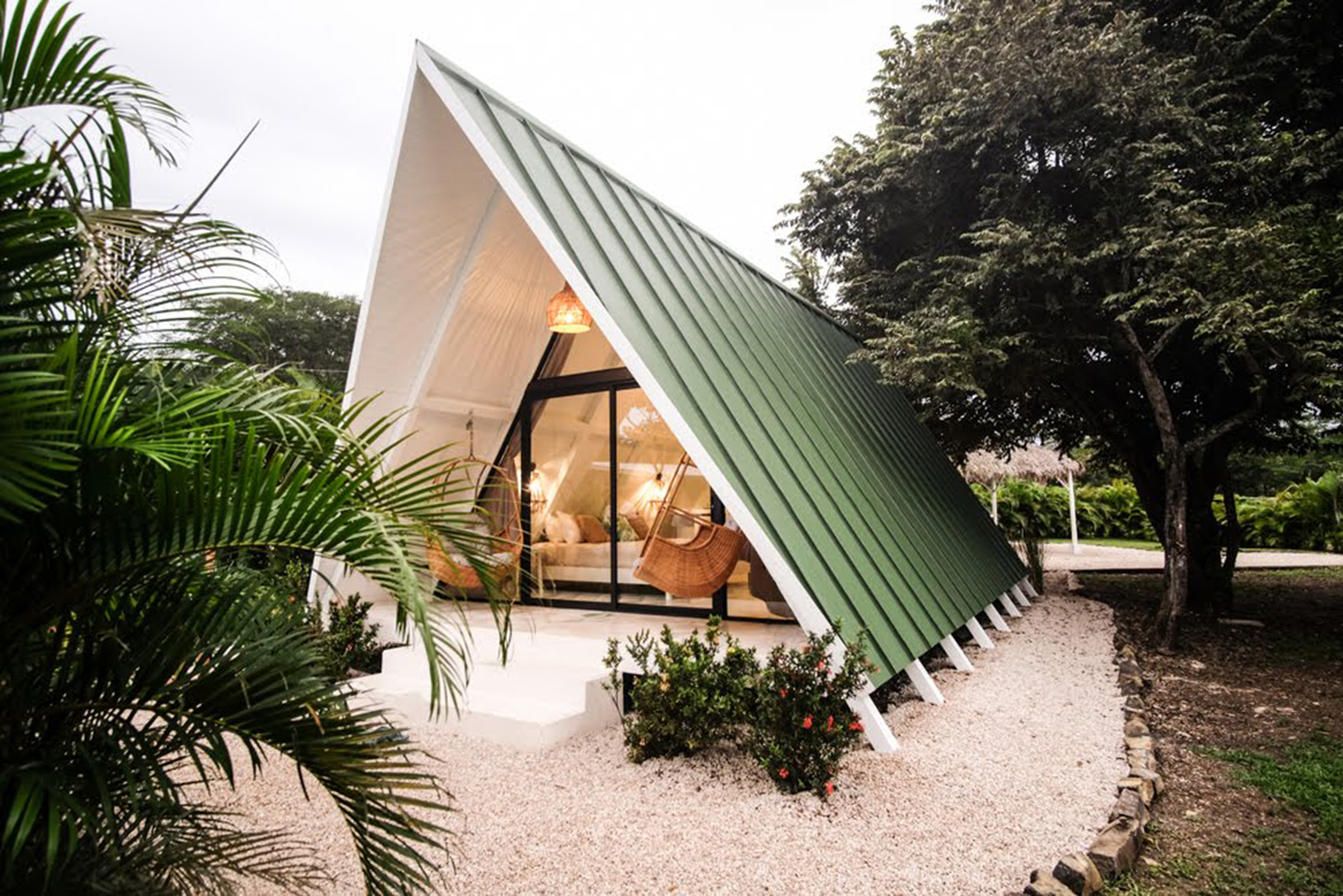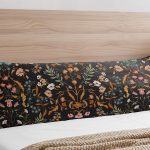When it comes to building a frame cabin, choosing the ideal spot for its location is a crucial decision. The spot you select will determine the overall experience and enjoyment you derive from your cabin. In this essay, we will explore the various factors to consider when selecting the perfect spot for your frame cabin in just three minutes.
What is an A-Frame Cabin?

An A-frame cabin is a type of architectural structure characterized by its distinctive shape resembling the letter ‘A’. It is typically constructed with steeply sloping sides that extend all the way to the ground, forming an equilateral triangle. This design creates a cozy and compact space, making it a popular choice for vacation homes, retreats, and even permanent residences.
The A-frame cabin originated in Europe and gained popularity in the mid-20th century. Its simple yet stylish design allows for efficient use of space and materials. The steep roof pitch also helps to shed snow and rain easily, making it suitable for various climates. A-frame cabins often feature large windows, loft areas, and open floor plans, maximizing natural light and creating a sense of openness. With their unique design and versatility, A-frame cabins offer a charming and comfortable living experience in a compact footprint.
Classic Design Features of A-Frame Cabin

A-Frame cabins are beloved for their timeless charm and unique architectural design. These cabins have stood the test of time and continue to be popular among cabin enthusiasts. Here are five classic design features that make A-Frame cabins truly special:
- Triangular Shape: The most defining feature of an A-Frame cabin is its triangular shape. The steeply sloping sides extend from the roofline to the foundation, resembling the letter “A.” This design allows for efficient snow and rain shedding, making A-Frame cabins suitable for various climates.
- Soaring Ceilings: A-Frame cabins often have soaring ceilings that follow the shape of the roofline. The high ceilings create a sense of spaciousness and openness, making the interior feel larger than it actually is. This design element adds to the cabin’s charm and provides a unique and inviting atmosphere.
- Large Windows: A-Frame cabins typically feature large windows that allow for abundant natural light and breathtaking views of the surrounding landscape. The expansive windows bring the outdoors inside, creating a seamless connection with nature and enhancing the cabin’s beauty.
- Loft Spaces: Many A-Frame cabins incorporate loft spaces, taking advantage of the cabin’s height and adding extra sleeping quarters or storage areas. These loft spaces are accessed by ladders or stairs and provide a cozy and intimate retreat within the cabin.
- Cozy Interior: A-Frame cabins are known for their cozy and intimate interior spaces. The compact design creates a sense of warmth and comfort, making the cabin feel like a true retreat from the outside world. The simplicity of the design also allows for customization and personalization, with owners often adding rustic and vintage elements to create a nostalgic ambiance.
In conclusion, A-Frame cabins have enduring appeal due to their unique design features. The triangular shape, soaring ceilings, large windows, loft spaces, and cozy interior all contribute to the charm and allure of these classic cabins. Whether nestled in the mountains or by a serene lake, A-Frame cabins continue to capture the hearts of cabin enthusiasts around the world.
Factors to Consider

Assessing your Needs and Preferences
- Determining the Purpose of Your Cabin:
- Understanding whether your cabin will be used as a vacation retreat, a permanent residence, or a rental property will influence the location you choose.
- Identifying the specific activities you plan to engage in while at the cabin, such as hiking, fishing, or boating, will help determine the ideal spot.
- Considering Accessibility:
- Evaluating the distance from major cities and towns, transportation options, and access to amenities like hospitals, grocery stores, and schools is crucial for convenience.
- Assessing road conditions, especially during the winter months, ensures year-round accessibility.
Evaluating the Environmental Factors
- Considering Climate and Weather:
- Understanding the local climate patterns, including temperature extremes, precipitation levels, and seasonal variations, helps you prepare for cabin maintenance and enjoyment.
- Evaluating wind patterns and exposure to extreme weather conditions, such as hurricanes or heavy snowfall, ensures your cabin remains safe and secure.
- Assessing Natural Surroundings:
- Examining the surrounding landscape, including mountains, forests, lakes, or rivers, helps you determine the desired aesthetic and recreational opportunities.
- Identifying potential risks or hazards, such as proximity to flood-prone areas, wildfire risks, or unstable terrain, is vital for the safety of your cabin.
Considering Legal and Regulatory Aspects
- Researching Zoning and Building Regulations:
- Understanding local zoning laws and building codes helps ensure your cabin is compliant with legal requirements.
- Checking for any restrictions on land use, such as limitations on construction, can prevent potential conflicts or legal issues.
- Investigating Property Ownership and Restrictions:
- Verifying property ownership and potential restrictions, such as easements or right-of-ways, is crucial to avoid future disputes.
- Checking if there are any conservation or environmental protection regulations that may limit your cabin’s development or affect its surroundings.
Engaging with the Community
- Assessing the Local Community:
- Getting to know the local community and understanding their values, lifestyle, and support systems can enrich your cabin experience.
- Participating in community events or joining local organizations can help you integrate into the community and form lasting relationships.
- Seeking Professional Guidance:
- Consulting with professionals, such as real estate agents, builders, or architects, who specialize in cabin construction and location selection, can provide valuable insights and guidance.
- Engaging with local experts, such as land surveyors or environmental consultants, can help you make informed decisions regarding your cabin’s location.
Conclusion

Selecting the ideal spot for your frame cabin is a crucial step in ensuring your enjoyment and satisfaction with your investment. By assessing your needs and preferences, evaluating environmental factors, considering legal and regulatory aspects, and engaging with the community, you can make an informed decision in just three minutes. Remember, taking the time to thoroughly research and consider all relevant factors will ultimately lead to a rewarding cabin experience for years to come.


